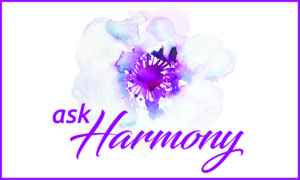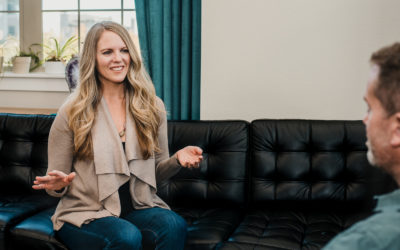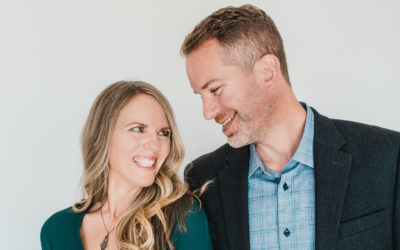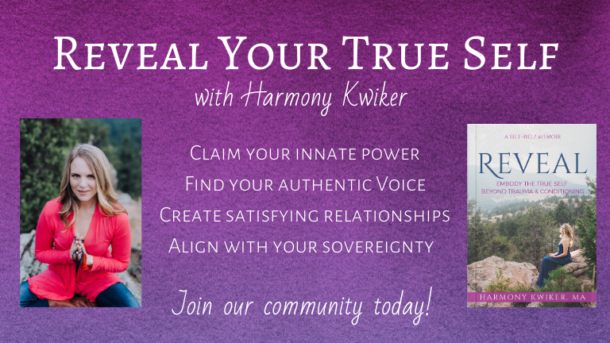Sometimes, relationships seem hard. The challenge of negotiating different personas, different desires, different opinions, and different communication styles can be overwhelming. Navigating a relationship with conscious awareness means that we are able to differentiate between our identification with our attachment wounds and our wholeness.
Even when we have the best intentions to connect and find solutions, our attempts to resolve conflict can sometimes engender even more conflict. We get entangled with others and it can become difficult to see a way through it without severing the connection all together. This is the result of looking at the relationship through the lens of our wounding.
With the people we love most, it can be confusing when it feels like we’re on opposite teams–especially when all we want is to be on the same team. Our attachment wounds fit together like perfect puzzle pieces. For example, in my life, my attachment wound has been expressed as trying to be perfect for my partner to love me. When I was identified with my wounds, I would unconsciously be attracted to partners who were highly critical and controlling. I would work hard to be perfect enough for them, resenting them for “being mean” while they resented me for trying to change their emotional state through my attempts at being perfect.
Entangled in our attachment wounds, when we get triggered we meet our partners from an outdated version of ourselves that was shaped by experiences from our childhood. Wanting to find safety and connection with our primary caregivers, we develop strategies to navigate relationships. As children, we were inherently vulnerable to and dependent on the adults around us. And the way we were conditioned by these early experiences become our patterned way of engaging with the world.
The world around you is a holographic expression of your inner world. Looking through the lens of our wounds, the universe reflects back on image of that wound. It can be easy to see all of things our partner is doing “wrong” and it can be more challenging to see what part of ourselves our partners reflect.
For me, when I realized that my highly critical partners were reflecting to me my own self-loathing, I could see that the antidote was to love myself. Honoring myself by getting in touch with my desires, my boundaries, and my deeper truth, I knew that it was my responsibility to protect my inner young one from enduring even more trauma. As an integrated woman who is able to meet my relationships from my wholeness, those younger parts (i.e. attachment wounds) no longer dictate the way I show up for connection.
Embodying our wholeness, we align with the Source that beats our heart. Differentiating from our attachment wounds, we no longer project our pain out onto the world. We project our love, our power, and our integration out, and in that we can see other people in their wholeness. We move forward with integrity, honoring where others are on their journey while also honoring our boundaries. Standing in our dignity, we respect other people enough to carry their own burden. Individuated. Autonomous. While giving voice to our vulnerable truth.
We know we’re speaking our truth when our words are about us. When we’re giving voice to a deeper aspect of our inner world with concise language. We need to be neutral to do this. We need to be loving to ourselves to do this. We need to make sure we’re not looking through the veil of illusion that is our projections. We need to know which place within us we are moving forward from. This is how to cultivate deep, nourishing relationships.
Learn more in my new book: Reveal: Embody the True Self Beyond Trauma and Conditioning
https://www.amazon.com/Reveal-Embody-Beyond-Trauma-Conditioning/dp/0692179763/ref=sr_1_fkmrnull_1?keywords=harmony+kwiker&qid=1555425800&s=gateway&sr=8-1-fkmrnull




